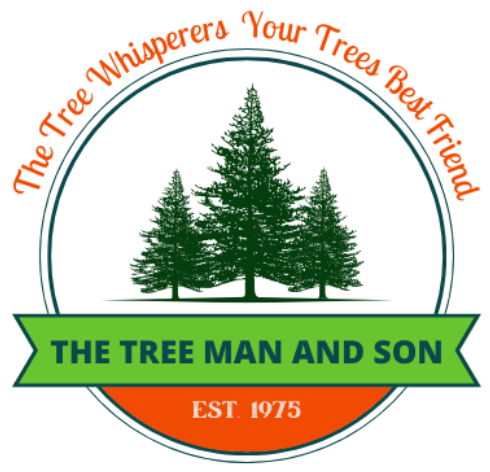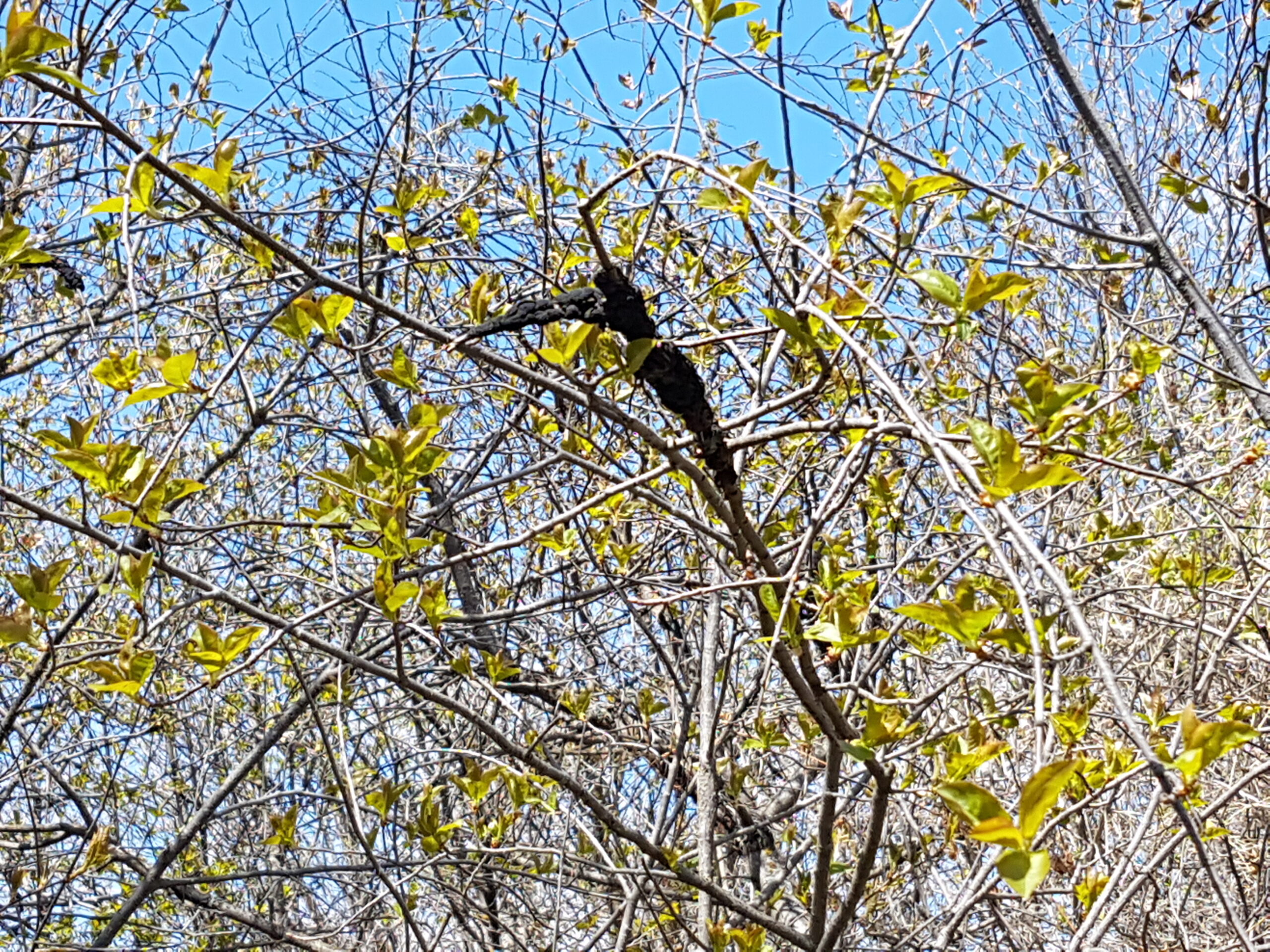 Black Knot
Black Knot
As a tree disease that can easily go unnoticed, Black Knot is a hidden danger that can affect many species of trees in your backyard. Black Knot is a common fungal disease caused by the fungus Apiosporina Morbosa and can cause significant damage to trees if left untreated.
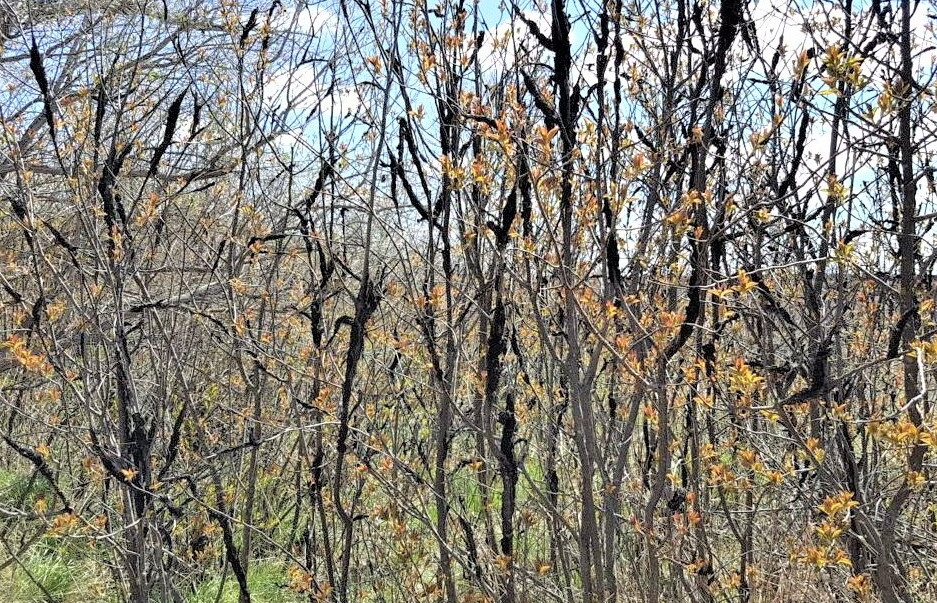 Black Knot found in trees in Indian Battle Park Lethbridge, Alberta
Black Knot found in trees in Indian Battle Park Lethbridge, Alberta
Black Knot can infect several tree species that are commonly found in Alberta, Canada. The most commonly infected trees include:
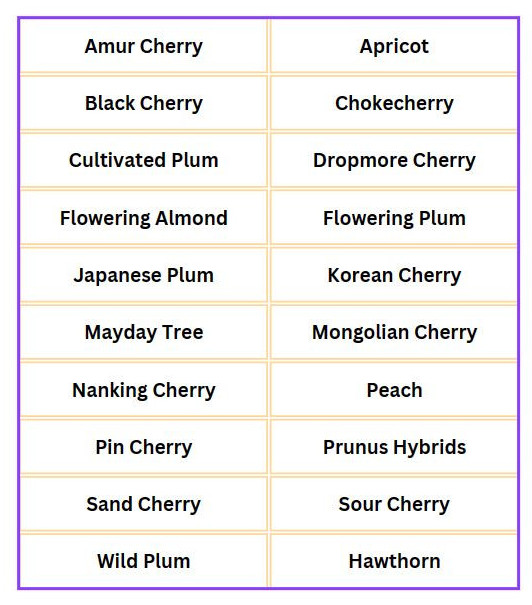
These trees are all part of the Prunus genus and are therefore susceptible to the black knot fungus. Other species, such as hawthorn (Crataegus spp.), can also be infected, but are less commonly affected by the disease.
If you have trees in your yard or on your property that belongs to any of these species, it’s important to be vigilant for signs of Black Knot and take steps to prevent the disease from spreading if it is present. Regular inspections, pruning, and the use of fungicides can all be effective strategies for managing Black Knot and keeping your trees healthy.
Black knot spores can spread easily through the air, rain, and contaminated pruning tools. If left untreated, Black Knot can cause serious damage to your trees and even lead to their death.
The good news is that identifying and treating Black Knot is relatively simple, and can help you protect your trees from further damage. Here’s what you need to know about this fungal disease and how to treat it.
Identifying Black Knot
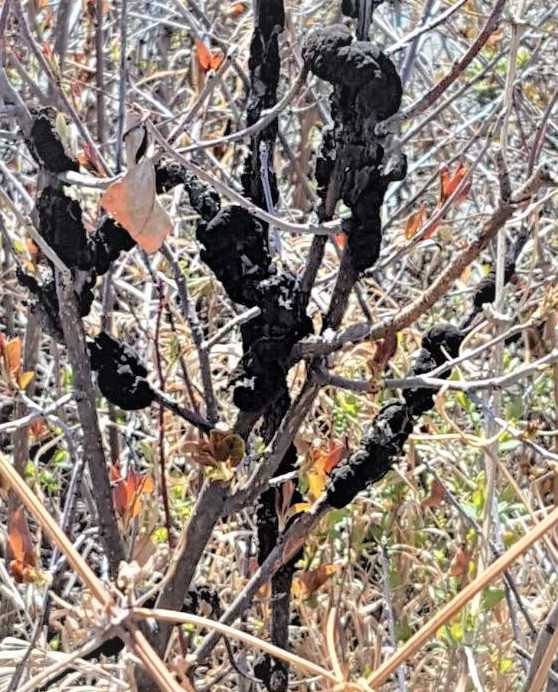 Black Knot in Chokecherry Trees
Black Knot in Chokecherry Trees
The disease is characterized by the formation of large, rough, black growths or swellings on the branches and twigs of infected trees. These growths can range in size from a few inches to several feet in length, they often encircle the branch or twig, cutting off the tree’s supply of water and nutrients. Over time, the growths turn black and harden, leading to the death of the affected branch or even the entire tree.
One of the key signs of Black Knot is the presence of small, olive-green, velvety spots on the branches. These spots are actually the fruiting bodies of the fungus, and they release spores that can easily infect other parts of your tree or neighboring trees.
The fungus overwinters in the infected growths and releases spores in the spring, which can infect new growth on the tree. In severe cases, the disease can spread rapidly and cause extensive damage to the tree, leading to reduced fruit production or even death.
Treating Black Knot
If you suspect that your trees are infected with Black Knot, the first step in the treatment for Black Knot typically involves pruning out infected branches as soon as you notice them to prevent the disease from spreading to healthy parts of the tree. Infected branches should be pruned at least 6 – 8 inches below the visible symptoms of the disease, making sure to sterilize your pruning tools between cuts to prevent the further spread of the disease.
Once you have removed the affected branches, make sure to dispose of them properly. The pruned material should be removed and destroyed to prevent further spread of the spores. Do not compost them or leave them lying around, as the spores can easily spread to other parts of your garden.
The best time to prune out Black Knot-infected branches is during the dormant season, which typically falls between late fall and early spring, depending on your location and climate. Pruning during this time when the tree is not actively growing can help reduce the risk of spreading the disease.
After pruning, you can apply a fungicide to the affected areas to prevent the disease from spreading further. Look for a fungicide that contains a copper-based compound, as these have been shown to be effective against Black Knot. A product that many have used for Black Knot is called BIOPROTEC 31 – 174 and it is also approved for organic farming.
It’s important to be vigilant and take action as soon as you notice any signs of Black Knot in your trees to prevent it from spreading and causing further damage.
If you’re not sure which branches are infected or how to properly prune your tree, it’s best to consult with an arborist or other tree care professional who can help you identify and address the problem. They can also provide guidance on other steps you can take to prevent the disease from spreading and keep your trees healthy.
Preventing Black Knot
Preventing Black Knot from affecting your trees is the best way to keep your backyard healthy and thriving. Here are some tips to help you prevent the disease:
- Regularly inspect your trees for signs of Black Knot, especially during the growing season when the disease is most active.
- Prune your trees regularly, especially during the winter when the trees are dormant.
- Make sure to sterilize your pruning tools between cuts to prevent the spread of the disease.
- Avoid planting susceptible trees in areas where Black Knot is common.
- Remove any infected trees or branches from your garden as soon as possible to prevent the spread of spores.
In addition to the measures mentioned above, there are some other things you can do to prevent the spread of Black Knot. For example, you can improve the overall health of your trees by providing them with proper care, such as regular watering, fertilization, and pruning. Healthy trees are less likely to become infected with Black Knot, and are better able to recover from the disease if they do become infected.
Another important factor to consider is the location of your trees. Black knot is most common in areas with high humidity, so it’s important to choose planting locations that are well-drained and receive plenty of sunlight and air circulation. Avoid planting trees in areas that are prone to standing water, such as near downspouts or in low-lying areas of your garden.
Finally, it’s important to remember that black knot is a highly contagious disease, and can easily spread from tree to tree if left untreated. If you suspect that your trees are infected with Black Knot, make sure to take action as soon as possible to prevent the disease from spreading to other trees in your garden or neighborhood.
In conclusion, Black Knot is a serious disease that can cause significant damage to your backyard trees if left untreated. By learning how to identify and treat the disease, and taking steps to prevent its spread, you can help keep your trees healthy and thriving for years to come. If you’re unsure about how to deal with Black Knot or any other tree disease, consider consulting with a professional arborist who can provide expert advice and guidance.
“Big Don” The Tree Man
treemandson.com
For more information check out the link below

